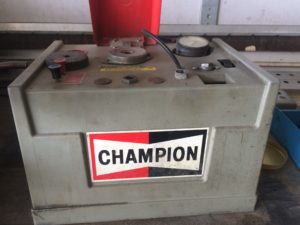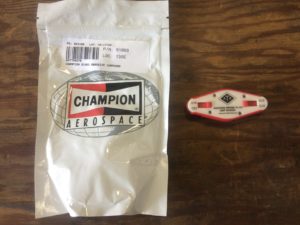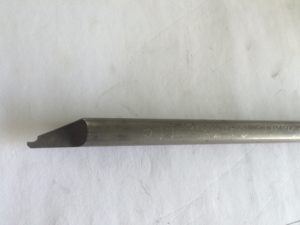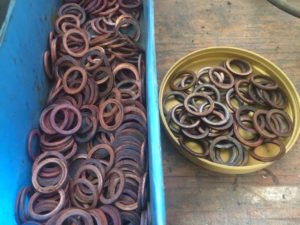Podcast: Play in new window | Download
 Spark plug servicing… it’s one of the FAA-approved tasks that airplane owners can perform and sign off on their own airplanes.
Spark plug servicing… it’s one of the FAA-approved tasks that airplane owners can perform and sign off on their own airplanes.
It’s really not a complicated process, but one that deserves some careful attention to detail to make sure the work is done properly.
This is not a training course… it’s just information that hopefully will motivate you as an airplane owner to get some help to learn more about spark plugs. Or, if you are already familiar with the process, perhaps there might be something new here for you to consider.
Remember, always get training for this type of thing the first time or two, until you get familiar with performing the task yourself.
Here are some things you may need, or find useful, in servicing your aircraft spark plugs:
- Wrenches for removing the spark plug wires from your plugs, one either 7/8 or 3/4, and one for the smaller nut to keep the wire/lead from twisting while you remove the nut.
- A spark plug servicing kit, like this one from Aircraft Spruce, can be very helpful: http://www.aircraftspruce.com/catalog/topages/sparkplugmaintkit.php?recfer=3551 And if you want to buy just the spark plug socket, they have that too.
-
A 3/8” drive ratchet for the spark plug socket.
- A gauge for determining if the plug is too worn or not (The center electrode is perfectly round when new, so if it looks too much like a football, it may be too worn… use the gauge to tell.)
-
A pick for carefully removing lead chunks.
-
A torque wrench.
-
And finally, number seven, that amazing little tool, the gap expander, for those occasional times when you get the spark plug gap a little too tight!
As far as I’m concerned, this is truly a must-have tool for spark plug servicing!
At Classic Aviation, we keep a bin of annealed spark plug gaskets (left). The annealed ones will seal better when the spark plug is reinstalled. (Check out the right picture above to see how easy it is to bend an annealed gasket with your fingers.)
Below are some more items you may want to use for cleaning spark plugs: Blasting media for a spark plug cleaner, and a gap gauge to get the gap set properly. If you buy a kit like I mentioned above, these may be part of that kit.
Here are some more helpful pieces of information on spark plugs if you’re interested:
For Lycoming engines:
http://lycoming.com/Portals/0/techpublications/serviceinstructions/SI1042AA_2_17_15.pdf
For Continental engines: check out SIL 02-3C.
One final tip: Keep a spare spark plug or two in your airplane, along with the proper tools to change it if necessary… one day, you may be glad you did!





Recent Comments